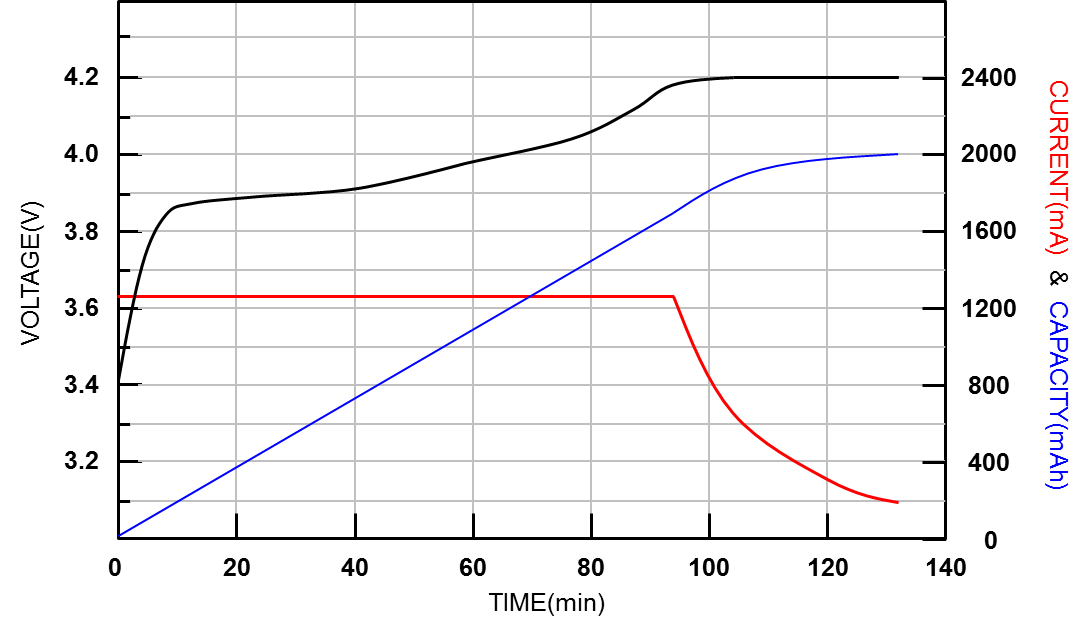BAsrican
Active member
Ok, I read that L3 DC charging slows way down when the battery is more full. Sure. Ok.
I guess it's harder to move those last few Lithium ions in after 80% SOC. But my question is: Does this also happen with L2 charging? I haven't seen anyone mention that.
Is there something different about AC charging that makes it easier to get the battery to100%? It's been a while since I took physics.
I guess it's harder to move those last few Lithium ions in after 80% SOC. But my question is: Does this also happen with L2 charging? I haven't seen anyone mention that.
Is there something different about AC charging that makes it easier to get the battery to100%? It's been a while since I took physics.

